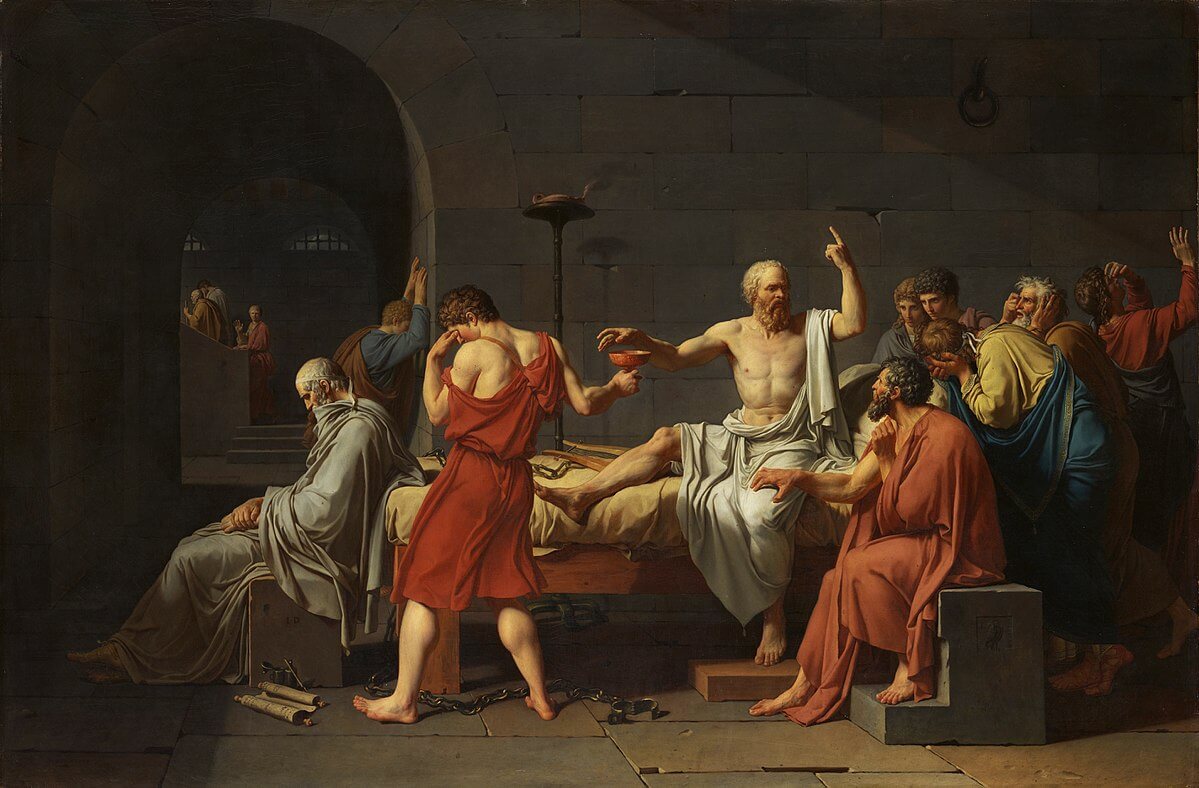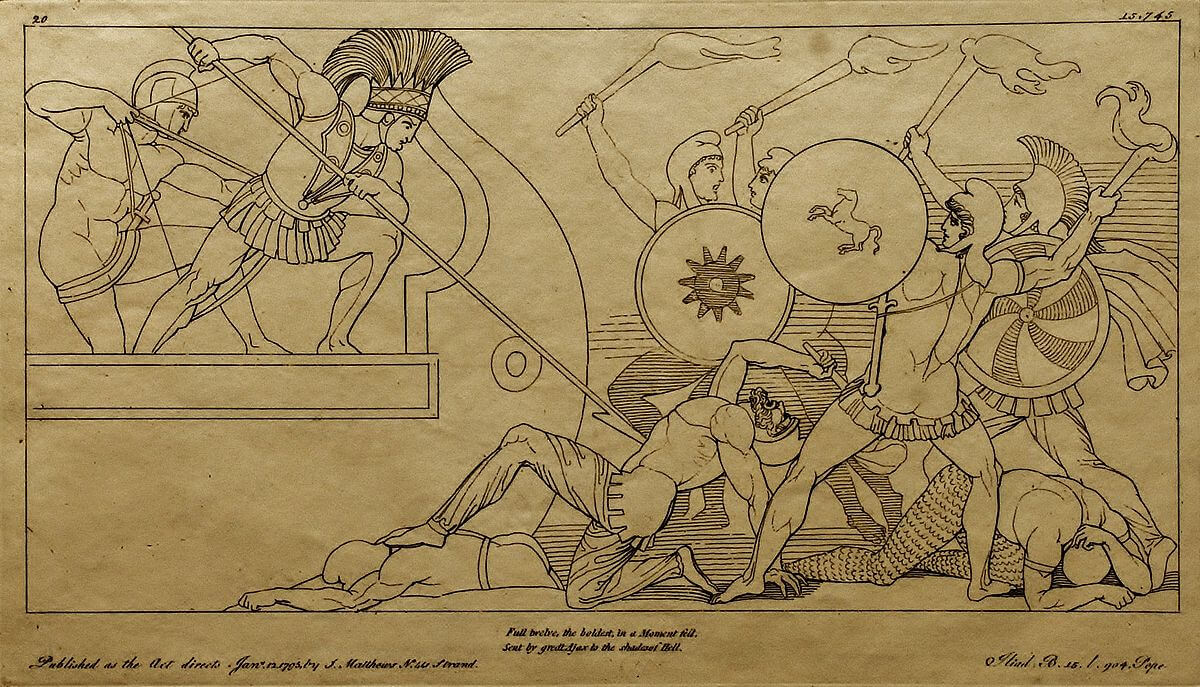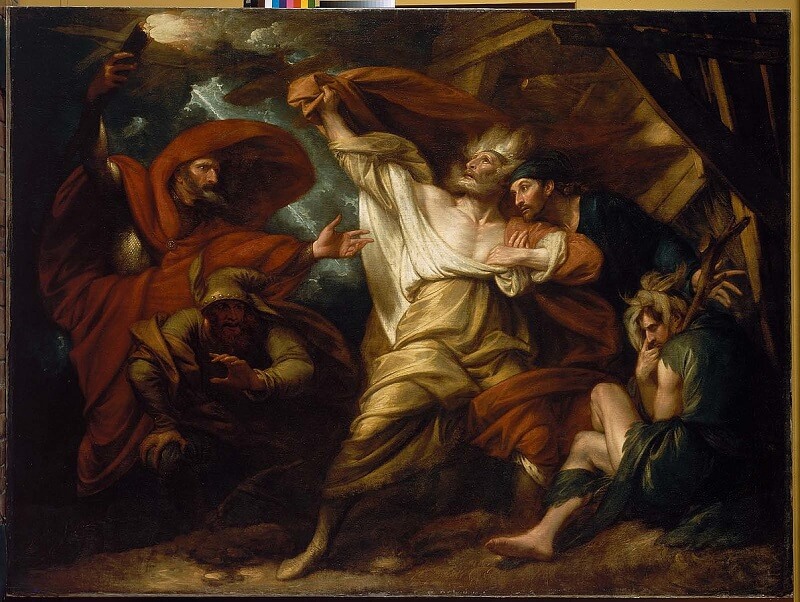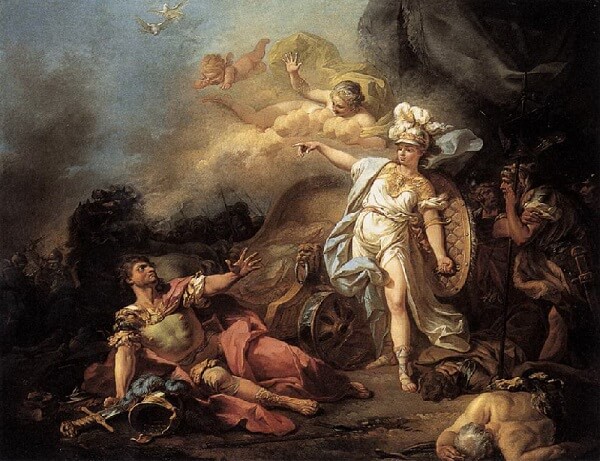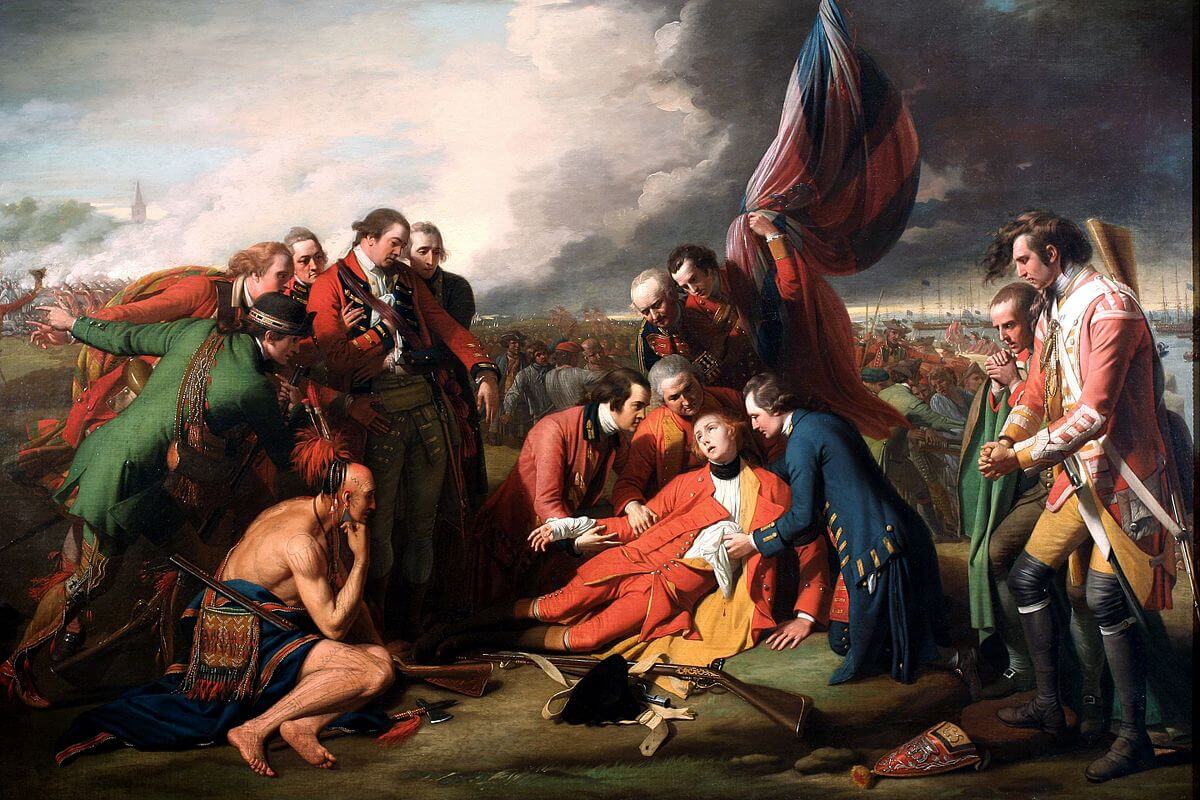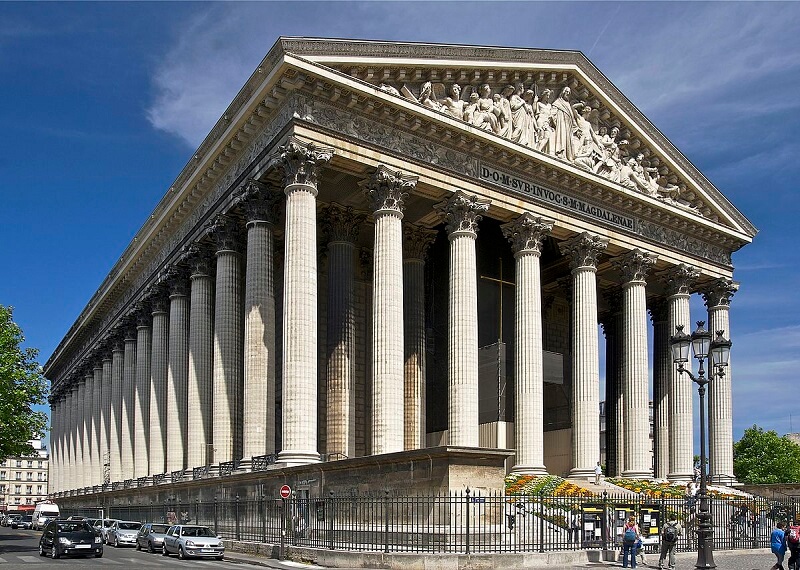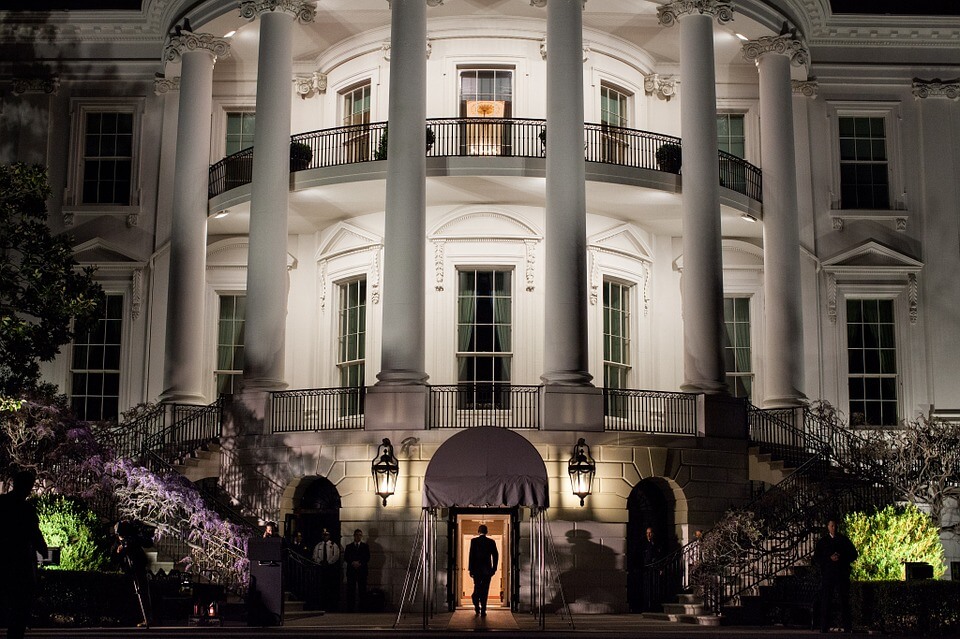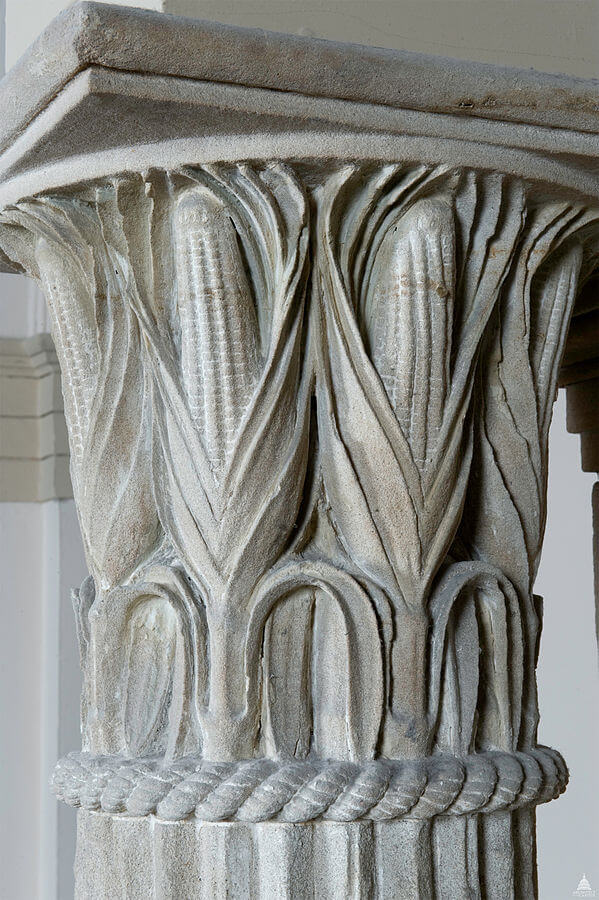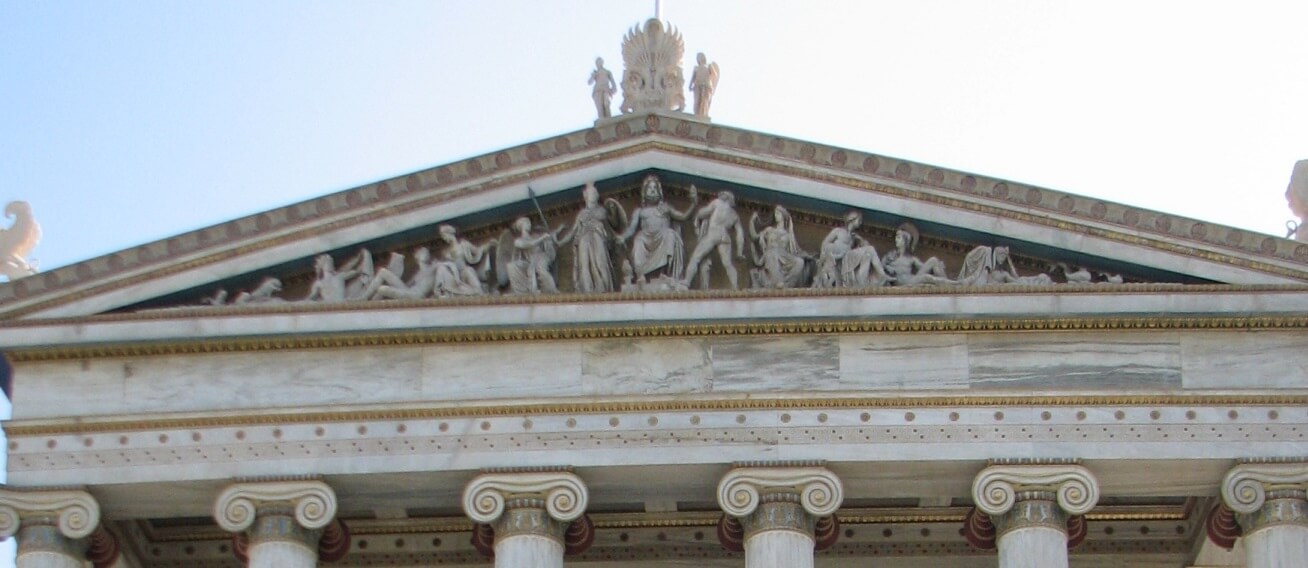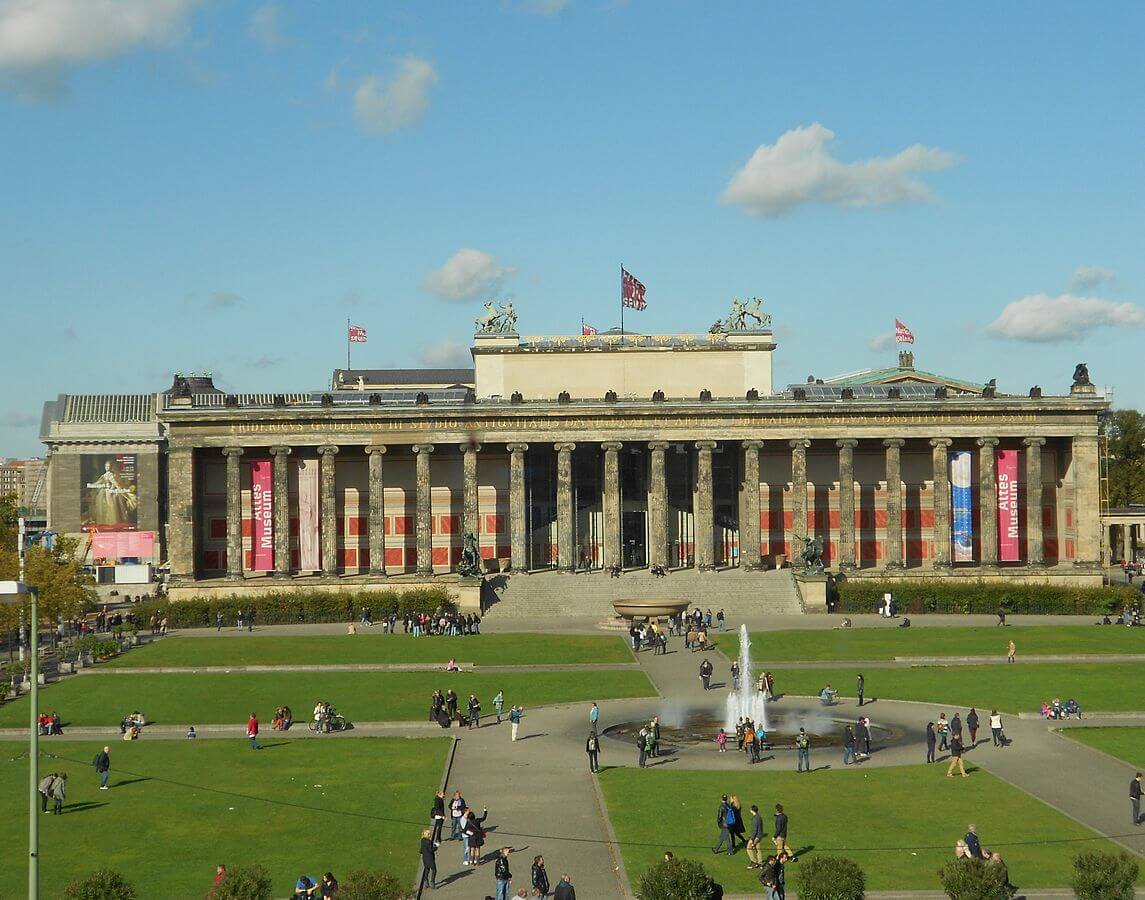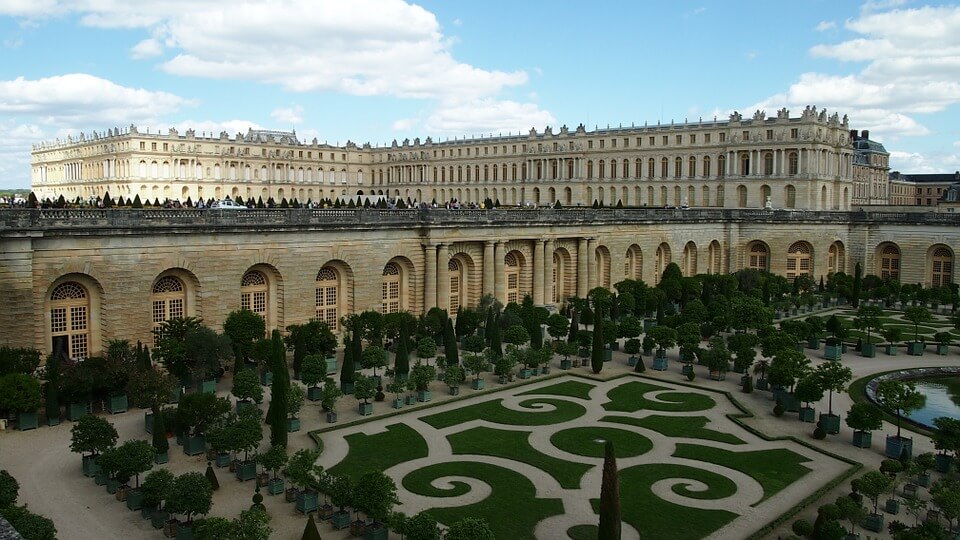Activity 1: Can You Find It?
Find the following in the artwork:
- Marie Antoinette
- Marie Thérèse
- The Dauphin
- Louis XVII
- Empty Cradle
- Lace Collars and Sleeves
- Red Velvet Gown
- Bows
- Sashes
- Something Fringed
- Foot on a Pillow
- Pearl Earrings and Bracelet
- Something in Remembrance of Madame Sophie
Activity 2: Narrate the Artwork
- After studying the artwork, narrate the scene shown aloud using your own words.
Activity 3: Discuss 'Let Them Eat Cake'
- The famous statement, 'Let them eat cake,' was attributed to Marie Antoinette in the 1800s.
- Legend is that Marie Antoinette callously uttered the statement upon hearing of the famine of the French people.
- However, modern scholars doubt Marie Antoinette ever said this phrase.
- Showing empathy for her people, Marie Antoinette wrote in a letter, 'It is quite certain that in seeing the people who treat us so well despite their own misfortune, we are more obliged than ever to work hard for their happiness.'
- Has anyone ever blamed you for something you didn't say or do? Discuss any instances.
Activity 4: Visit Versailles
- The featured painting is housed at the palace of Versailles in France.
- Study the immensity of the palace and the gardens below.
- The featured painting is set right outside the Versailles Hall of Mirrors. Examine the Hall of Mirrors below.
- Can you find any similarities between the windows in the featured painting of Marie Antoinette and the photo below?
- Versailles is located near Paris, France. Find Paris on the map below.
Activity 5: Classify the Artwork
- This artwork belongs to the Neoclassical art movement.
- Find the Neoclassical art movement on the timeline.
- During which (estimated) years did the Neoclassical art movement flourish?
- Which art movement preceded the Neoclassical art movement?
- Which art movement followed the Neoclassical art movement?
Activity 6: Recreate the Artwork

- Click the crayon above and complete page 21 of 'Fourth Grade Art History Coloring Book.'
 Western Art Movements I
Art Movements
Western Art Movements I
Art Movements


 Western Art Movements I
Art Movements
Western Art Movements I
Art Movements

